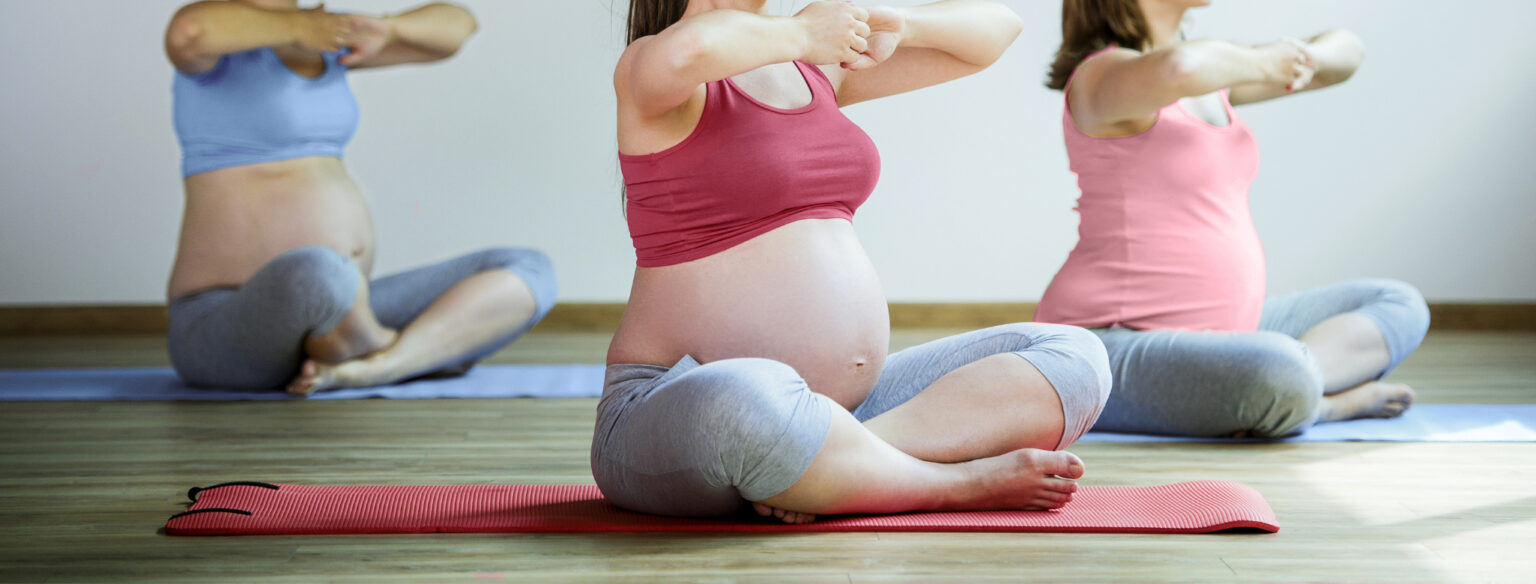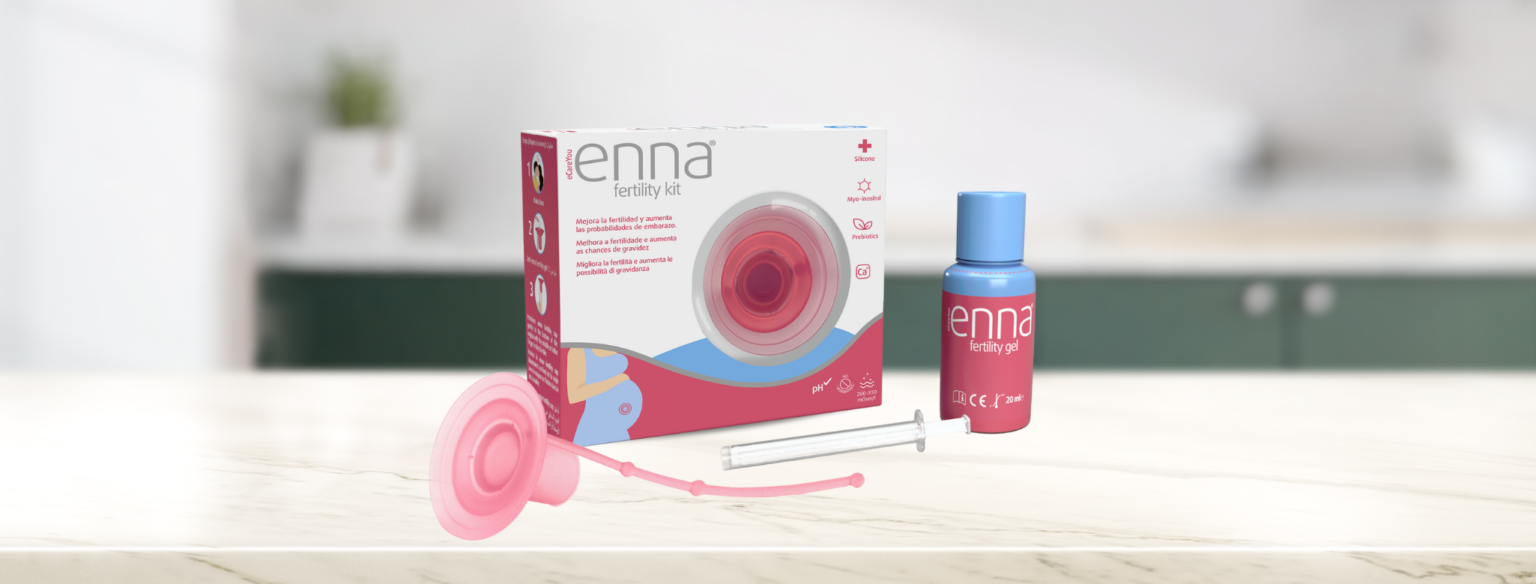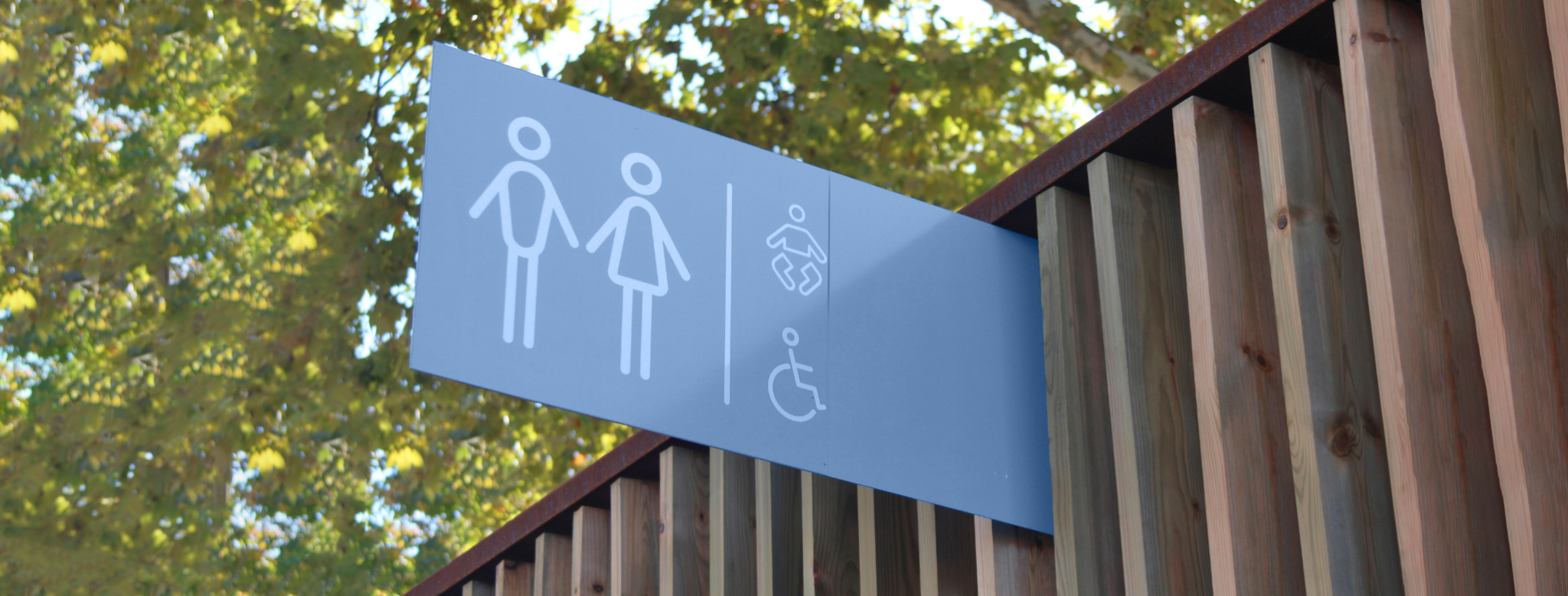There are various reasons for which a woman’s pelvic floor becomes weak. Age, lifestyle and hormones have an influence, but the different stages of the reproductive cycle play an important role too. Pregnancy, childbirth and menopause are stages in which the female body changes and, as the pelvic floor is composed of muscles, if it isn’t looked after continuously, these factors weaken the pelvic floor and stop it from supporting organs (bladder, uterus and rectum).
How does the reproductive cycle affect the pelvic floor?
- Pregnancy brings about a lot of changes in the female body. One the one hand, a pregnant woman gains weight and this puts pressure on the perineum. Without realising it, the mum-to-be takes on an inadvisable posture in order to feel more comfortable and this weakens the pelvic floor. And on the other hand, some organs move to make room for the foetus.
- Vaginal birth (or an emergency c-section with previous dilation) tends to leave the pelvic floor very weak if no strengthening work has been done beforehand. When a pregnant woman pushes to give birth, this causes her pelvic floor muscles to stretch. Once the postpartum period has passed, it is important to go to a physiotherapist who specializes in the pelvic floor for a checkup. A voucher is included in each enna pelvic ball pack for an appointment with a specialist who will examine your pelvic floor and draw up a recovery plan for this area.
- Menopause brings about hormonal changes and this causes the pelvic floor muscles, in the form of a hammock, to become weak and stop working as they should. Women are most prone to urinary incontinence and prolapses during menopause.
Other reasons for weakening of the pelvic floor
- High-impact sport, regardless of a woman’s age, puts a lot of pressure on the abdominal organs and in turn, on the pelvic floor. So sports like running, aerobics, sit-ups, dancing, etc. must be combined with other sports that help strengthen the pelvic floor, such as yoga, pilates or Kegel exercises. Other devices such as the enna pelvic ball can also be used.
- Suffering from constipation may also contribute to weakening of the pelvic floor because the constant force exerted when trying to go to the toilet causes muscles to weaken too.
- Surgery such as episiotomies or caesarean sections which leave scar tissue and reduce the mobility of tissues result in tissues no longer cushioning as they should, causing organs to slip down.
- A chronic cough produces the same effect as doing high-impact sport because we strain when we cough and pressure is exerted on this hammock.
- Tight clothing (e.g. jeans and corsets) squashes the abdomen, affecting both the pelvic floor and the diaphragm. When wearing heels, our centre of gravity shifts forward and our body has to make adjustments which affect our feet, knees, pelvis, pelvic floor, abdomen, spinal curve, dorsal area and even our cervical area and head.
- Being overweight causes the fat around our organs to increase pressure on the perineum as we carry out our day-to-day lives. This also happens with some jobs that involve lifting very heavy objects.
Having a weak pelvic floor may be the result of several factors and we must always look after it and strengthen it to avoid prolapses (when organs slip down), as well as losses of urine. Combining the use of pelvic floor strengthening devices and food supplements such as enna urine reduce urinary incontinence.






